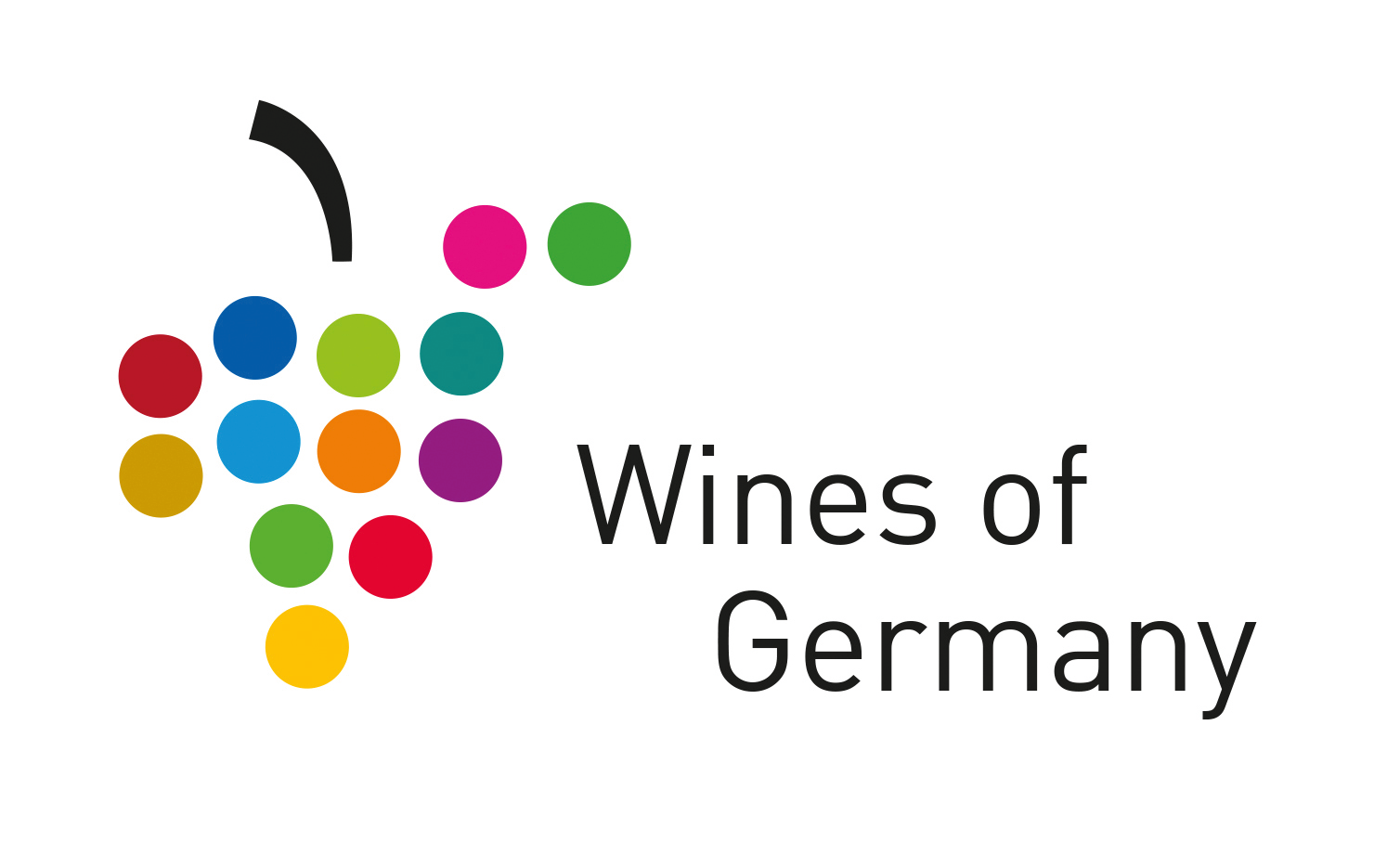Last year, consumers abroad spent on average more for German wine than ever before. As the German Wine Institute (DWI) reports, the average price for a litre of exported wine in 2018 rose by 15 cents to 3,04 € (prime cost), breaking for the first time the three euro mark. In comparison with the year 2002, for example, it has exactly doubled.
In 2018, the total export value of German wines amounted to 307 million euros and has thus remained more or less constant compared with the previous year. The quantities of wine exported at one million hectolitres were 5 per cent down on the previous year.
Higher added value in the export business
However, DWI managing director Monika Reule sees the development of German wine exports overall as positive: “For many years now, German wine exporters have focused increasingly on quality rather than quantity, which is actually more in line with our role as a relatively small wine export nation. The continuous increase in average prices of the last few years shows that we are on the right track to higher added value in the export business. The decline in volume in this sector is no doubt to some extent also due to the low yields of the 2017 harvest”, explained Reule. She added, however, that within this export development it was necessary to differentiate between the individual markets.
German wine exports to Scandinavia in particular showed a positive trend last year. With wine shipments of 159,000 hectolitres valued at 49 million euros, the three monopoly-regulated countries – Norway, Sweden and Finland combined – now take second place behind the USA in the ranking of the most important wine export destinations.
USA accounts for a quarter of total German wine export revenue
The largest increase in value of seven million euros was achieved by German wine exporters in Great Britain, which – after the second strong year in a row – climbed in the export nation ranking to third place again ahead of Norway. 132,000 hectolitres of German wine worth 27 million euros (up 34 per cent) was shipped to the island last year.
In the USA, German white wines and especially Riesling faced growing competition with wines from the domestic market. This is reflected in a drop in wine exports of ten per cent in value and nine per cent in volume. The USA, however, still accounts for nearly a quarter of the total German wine export revenue.
With export sales worth 17 million euros, China has – despite a fall of eleven per cent – reaffirmed its fifth place in the ranking of the most important export destinations for German wine.
Outlook: German wine exports will again develop positively this year
As for the Japanese market, the DWI expects renewed growth in exports following the elimination of wine import tariffs through the JEFTA free trade agreement. In the few months leading up to the trade deal, many importers were presumably cautious in placing orders, resulting in a dip of two per cent in value and ten per cent in sales.
With the excellent qualities and quantities of the 2018 vintage, DWI director Reule is confident that German wine exports will again develop positively overall this year. This is also to be expected in view of the growing interest in wine exports which has been noted in the industry.


